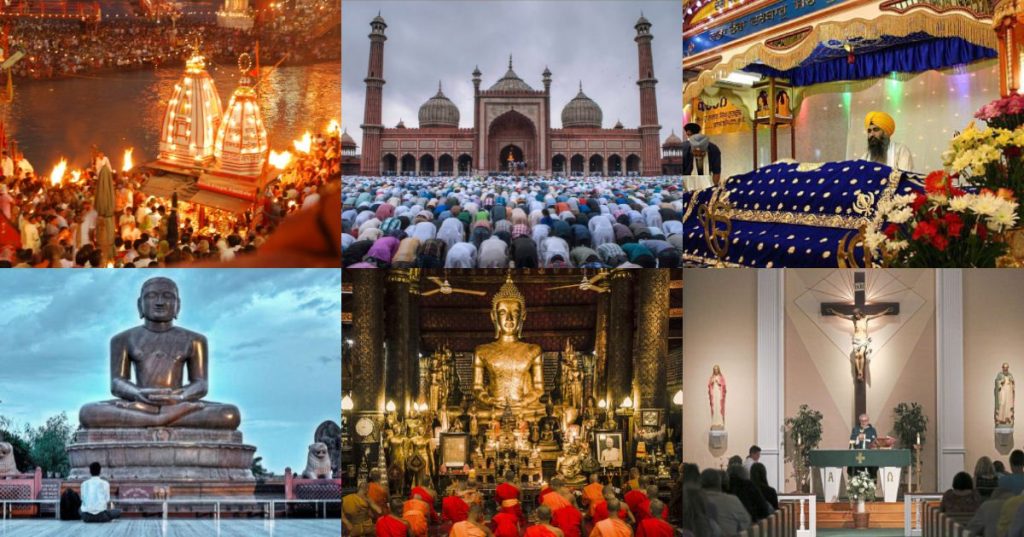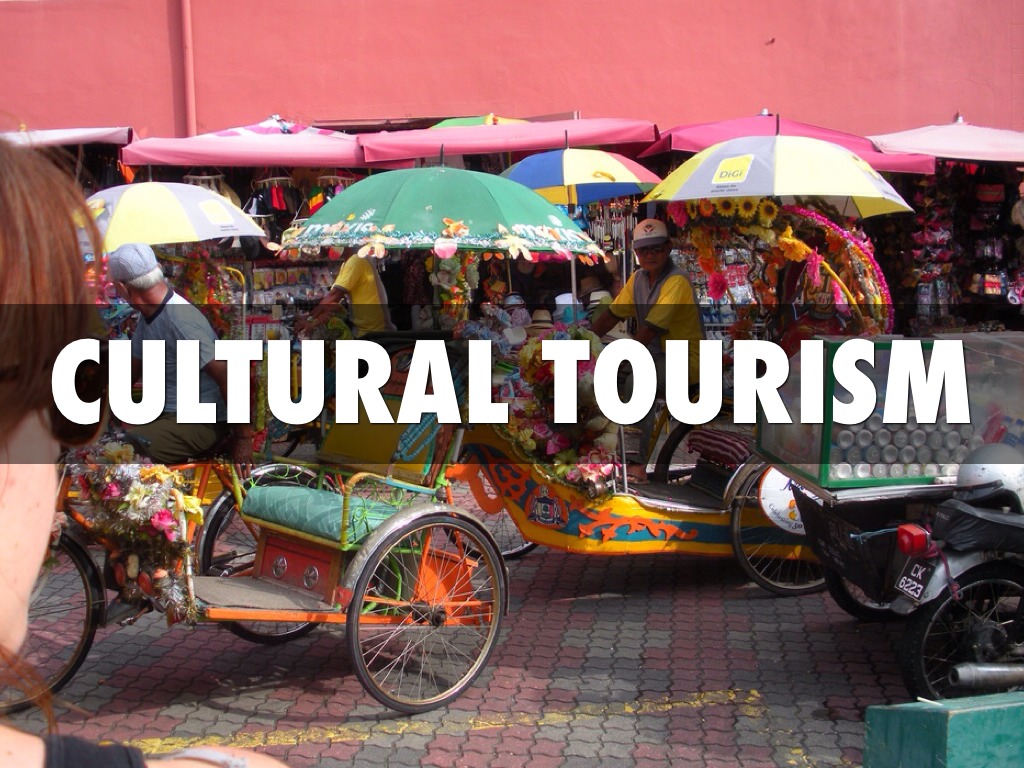Travelling through the fascinating field of cultural tourism allows one to explore the diverse range of human customs, heritage, and beliefs. Within this broad category, religious tourism stands out as a very moving and life-changing experience that encourages visitors to go on spiritual pilgrimages to revered locations all over the world. We examine the significance of these spiritual excursions, how they affect cross-cultural interactions, and the timeless appeal of holy locations in our investigation of religious tourism.
What Religious Tourism Is All About
The main focus of religious tourism, also known as pilgrimage tourism, is visiting holy locations such as churches, mosques, temples, and other places of worship that are extremely important to believers spiritually. These locations attract travellers from many backgrounds looking for comfort, enlightenment, and divine favours. They also function as hubs for introspection, cultural exchange, and group prayer.
Historical and Cultural Importance
Sacred locations represent millennia of reverence and devotion and are archives of faith, culture, and history. These locations, which range from the revered pyramids of Giza, Egypt, to the magnificent temples of Kyoto, Japan, provide a window into the spiritual and cultural legacy of earlier civilizations. Travelling in the footsteps of historical prophets, saints, and sages, pilgrims set out on pilgrimages to establish a connection with their religious heritage and acquire knowledge of the customs and ceremonies that have moulded human society.

Spiritual Renewal and Introspection
Pilgrims can engage in spiritual refreshment, introspection, and communication with the divine through religious tourism. Travellers can find themselves immersing themselves in holy settings charged with a sense of transcendence and reverence, whether they are taking part in rituals, attending religious ceremonies, or practising meditation and prayer. These spiritual encounters promote a closer relationship with one’s faith and spiritual convictions by providing opportunities for reflection, healing, and personal development, thus enhancing cultural tourism.
Understanding and Exchange of Cultures
Religious tourism brings individuals from different origins and beliefs together, which fosters understanding and cultural exchange. Pilgrims make friends and show solidarity with fellow travellers from all over the world, bridging gaps in culture and religion. Engaging with nearby communities promotes empathy, tolerance, and respect for one another while providing insights into their traditions, practices, and way of life. Pilgrims embrace the universal language of faith and spirituality, transcending language and cultural barriers through shared experiences of worship and devotion, thus enriching cultural tourism.
Impact on the Economy and Society
By promoting economic activity, generating jobs, and assisting local companies, religious tourism helps destination communities grow economically and socially. Sacred places are tourism magnets, drawing tourists who spend money at nearby lodging facilities, eateries, and gift stores, boosting the local economy. Additionally, pilgrimage routes and festivals build cultural identity and preserve intangible heritage for future generations by promoting social cohesiveness and communal pride, contributing to cultural tourism.
Safeguarding Sacred Historical Relics
Sacred historical sites are vital to the maintenance and preservation of religious tourism. To protect these places from urbanization, environmental deterioration, and neglect, governments work with religious organizations, heritage organizations, and the public sector. Stakeholders safeguard priceless cultural resources for future generations by practising sustainable tourism and responsible stewardship, preserving their spiritual and historical relevance for pilgrims and tourists, and thus promoting cultural tourism.
Explore More International Escapes: Crafting Memorable Overseas Holidays
Creative Methods for Religious Travel
Interfaith Cooperation and Dialogue
Programs that encourage interfaith cooperation and dialogue help religious communities understand one another and work together. In areas marked by religious diversity, interfaith pilgrimages, conferences, and educational initiatives offer forums for meaningful interactions that foster peace, harmony, and respect for one another.

Modern Technology and Virtual Travel
Technology has completely changed religious tourism by providing travellers who are unable to visit holy places in person with immersive experiences and virtual pilgrimages. Pilgrims can remotely explore holy sites, take part in virtual ceremonies, and conduct spiritual activities from any location in the world with the use of virtual reality tours, interactive applications, and internet platforms, fostering cultural tourism.
Inclusive and Accessible Travel
To guarantee that all visitors—including those with special needs and disabilities—can fully engage in spiritual journeys, efforts have been made to improve accessibility and inclusivity in religious tourism. Whether a visitor is physically abled or not, accessible infrastructure—such as tactile maps, lifts, and ramps—ensures that holy places remain inclusive and friendly places for everyone, promoting cultural tourism.
Conclusion About Cultural Tourism
Religious tourism is the perfect example of how spirituality, culture, and travel come together to provide life-changing experiences that go beyond national and religious boundaries for both pilgrims and tourists. Cultural tourism Religious tourism offers chances for spiritual enlightenment, cultural interchange, and personal development, whether travelling to Mecca, Vatican City, or Jerusalem’s holy sites. Let us embrace the transforming power of religious tourism in promoting understanding, empathy, and connection across cultures and faiths as we continue to experience the world’s many religious traditions.










